In the last blog, we have discussed some kinds of fabrics as per their features and types. So we are here again with remaining types of fabrics. These textiles count as luxury fabrics in the present scenario. And the demand for these fabrics in fabric sourcing is usually high for luxurious outfits. Be here to explore these fabrics and its features.
Satin

In contrast to the majority of the textiles on this table, satin is really individual of the three main textile patterns and is created when each strand is carefully stitched. Supposedly created of silk, due to demand of wholesale fabric, satin is now produced using polyester, wool, and cotton. On one end of this expensive cloth, which is matte while on the other, it is exquisite, glossy, and fluid.
Satin is popularly used in evening and wedding dresses, lingerie, corsets, blouses, skirts, jackets, outerwear, and shoes due to its silky, smooth surface and light weight. Additionally, it may be utilised as a backing for other textiles.
Leather
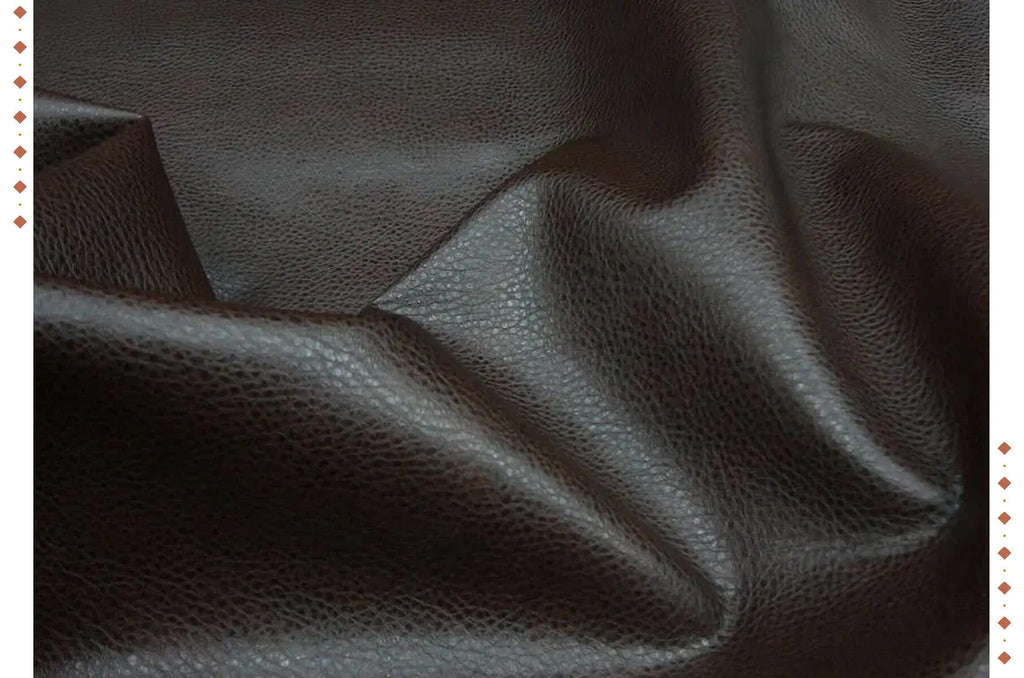
Because it is created from animal covers or skins, such as those of cows, crocodiles, pigs, and lambs, leather is a special kind of cloth. The methods used to cure leather will vary according to the animal utilised. Leather is renowned for being strong, wrinkle-proof, and fashionable.
The "flesh side" of suede, a kind of leather often manufactured from lamb, is turned outside and polished to provide a smooth, velvety texture. Since leather and suede maintain the body toasty in cold weather, they are frequently used in coats, shoes, and belts.
Silk
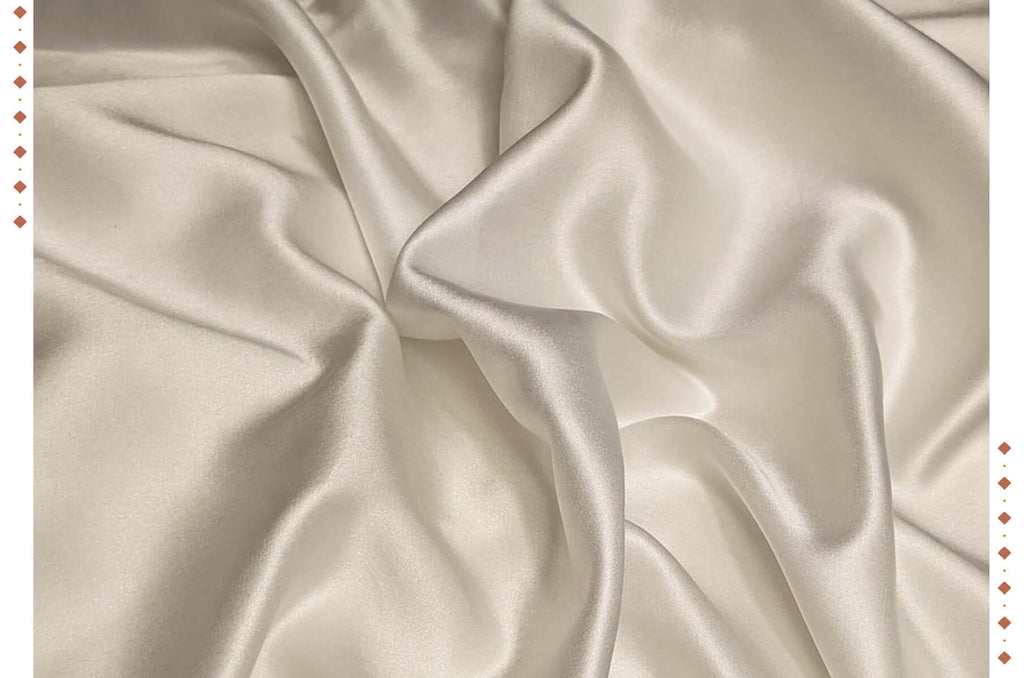
Silk, which is regarded as the most opulent natural material on the planet, is yet another soft, exquisite fabrics option that has a flawless touch and a glittering appearance. The cocoon of the silkworm, that is prevalent in China, South Asia, and Europe, yields silk.
Although it is the toughest, most resilient, most allergic natural material, silk is sensitive to manage and hard to clean; it is better to hand wash or dry clean silk since many cloth weaves constrict or pucker when laundered. Due to the lengthy and delicate procedure of converting the silk strand into yarn, satin is similarly pricey as lace.
Silk is primarily utilised in scarves, shirts, suits, dresses, lingerie, and evening and wedding dresses. Shantung & Kashmir silk are the two most often used varieties.
Lace
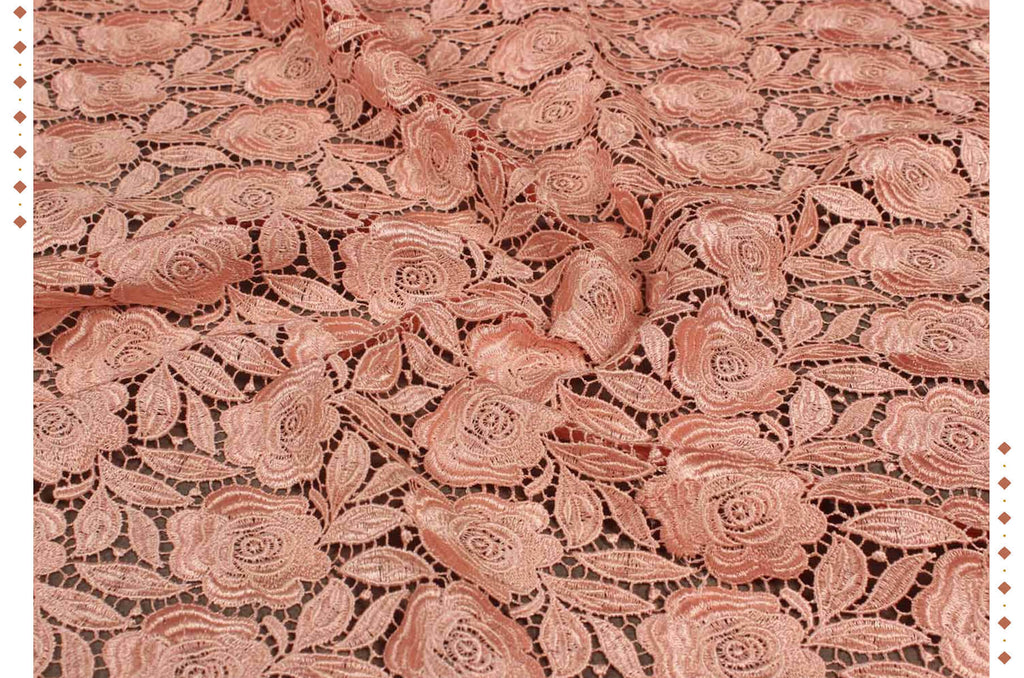
Because of its intricate open-weave patterns and web-like texture, lace is regarded as a premium textile. Although it may be obtained in shirts and nightgowns, the delicate, translucent fabric is frequently used to complement or enhance apparel, notably with bridal dresses and veils.
Lace is a classy, dainty fabric produced from yarn or thread that has been knitted, twisted, or looped. Nowadays, cotton fabric, wool, or synthetic fibres are used to make lace instead of the silk and linen that were once used to make it. Lace is made up of two primary components: the patterning and the cloth that serves as the base for the design.
Linen
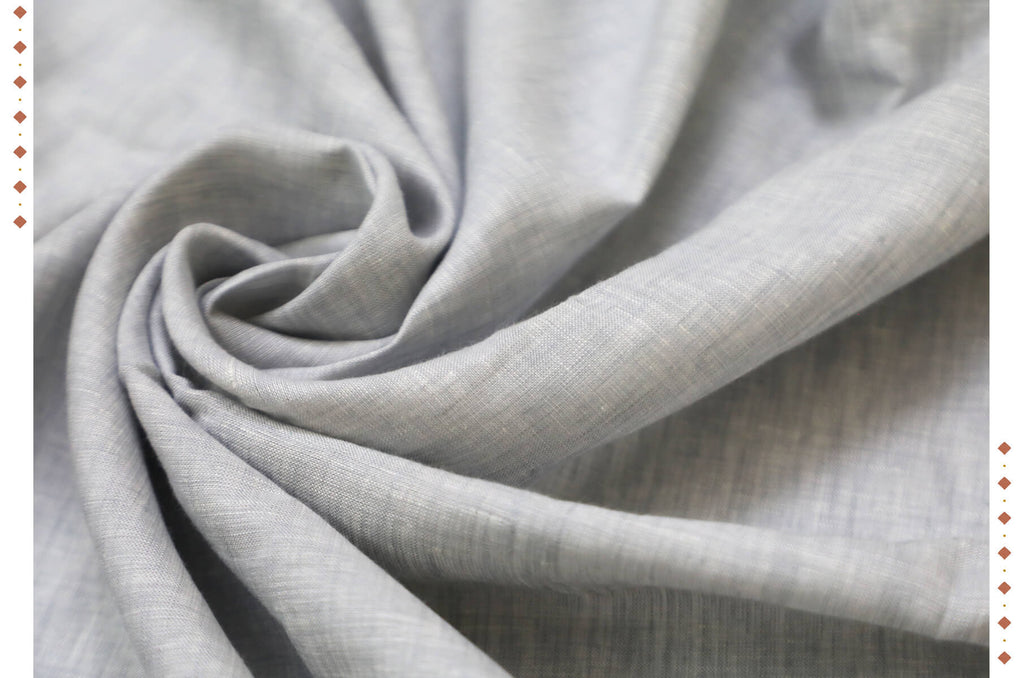
One of the earliest materials that humans are aware of is linen, which is the next fabric. This sturdy, lightweight fabric is made of natural fibres and is derived from the flax plant, which is more durable than cotton. The spun flax strands are then combined with other fibres to create yarn.
Linen is breathable, cool, supple, and long-lasting. It may be machine washed, however regular ironing is required because it wrinkles quickly. However, linen is mostly used fabrics for draperies, tablecloths, bedsheets, napkins, and towels. It may also be used to make apparel such as suits, jackets, dresses, blouses, and trousers.
Velvet
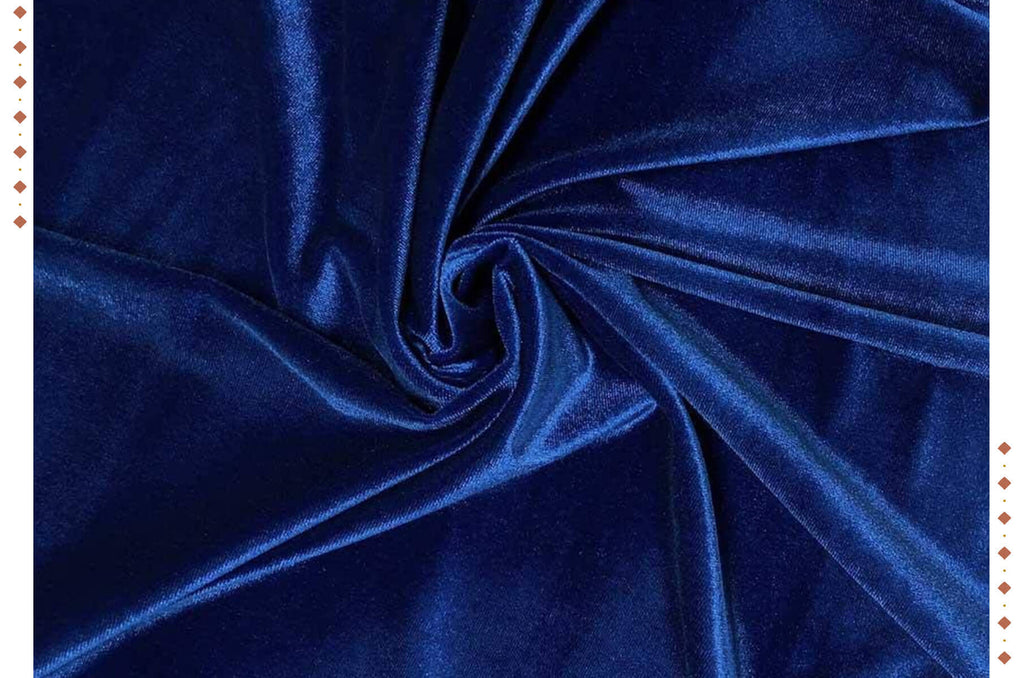
The soft, lavish velvet is another unique sort of woven fabric. Due to its elaborate manufacturing process and rich, extravagant finishing, velvet has always been linked with royalty. One side of this thick, lustrous, woven weft pile fabric offers a smooth pile look. The density of the pile tufts and how they are fastened to the foundation fabric define the textile's durability.
Velvet is a flexible material that can be either relatively elastic or stretchable. It can be produced from cotton, linen, cold, silk, nylon, or polyester. It is frequently used in shirts, jackets, skirts, blouses, jackets, and evening clothing.
Wool
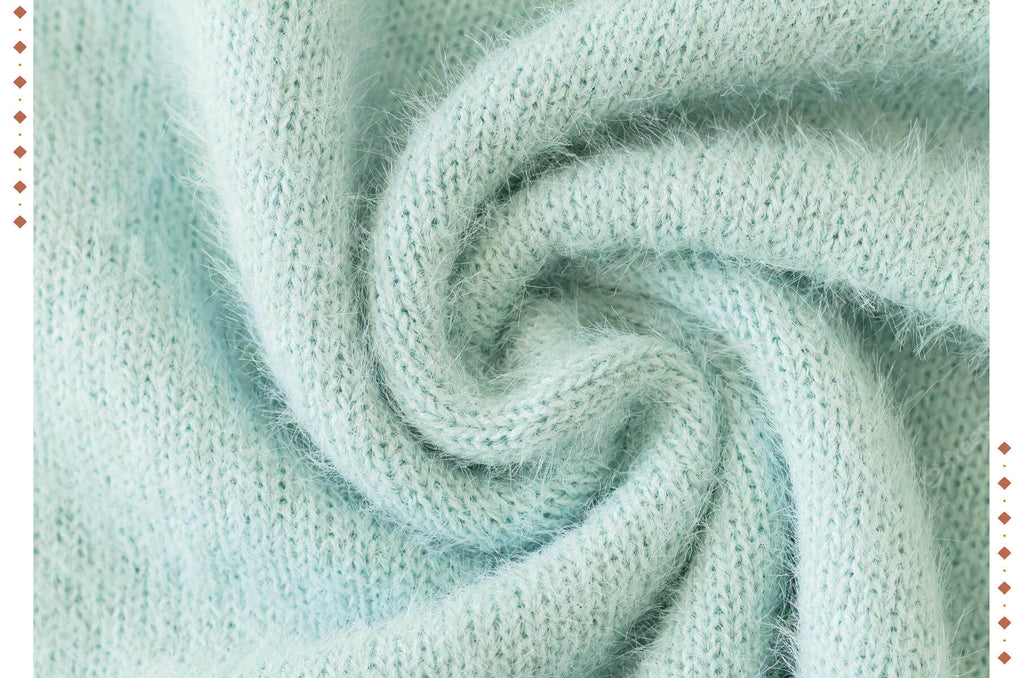
Wool is the last sort of fabrics that we are discussing. This organic fibre is derived from the fleece of sheep, goats, llamas, or alpacas. It can be woven or knitted.
Despite keeping the body warm and being strong and long-lasting, wool is sometimes criticised for being scratchy and irritating. Additionally, it does not wrinkle and is stain- and wear-resistant. Due to the fact that it must be hand-washed or dry-cleaned, this fabric can be quite pricey. Sweaters, stockings, and gloves are the main items made of wool.
Wool products comprise tweed, Cheviot textile, cashmere, and Merino wool. Tweed is created from sheep, Cheviot fabric by sheep, cashmere by goats, and Merino wool by sheep.
We also happen to be a magnet for suggestions, and would love to catch yours….throw us yours on hello@fabriclore.com
Become a part of our creative world on Facebook & Instagram

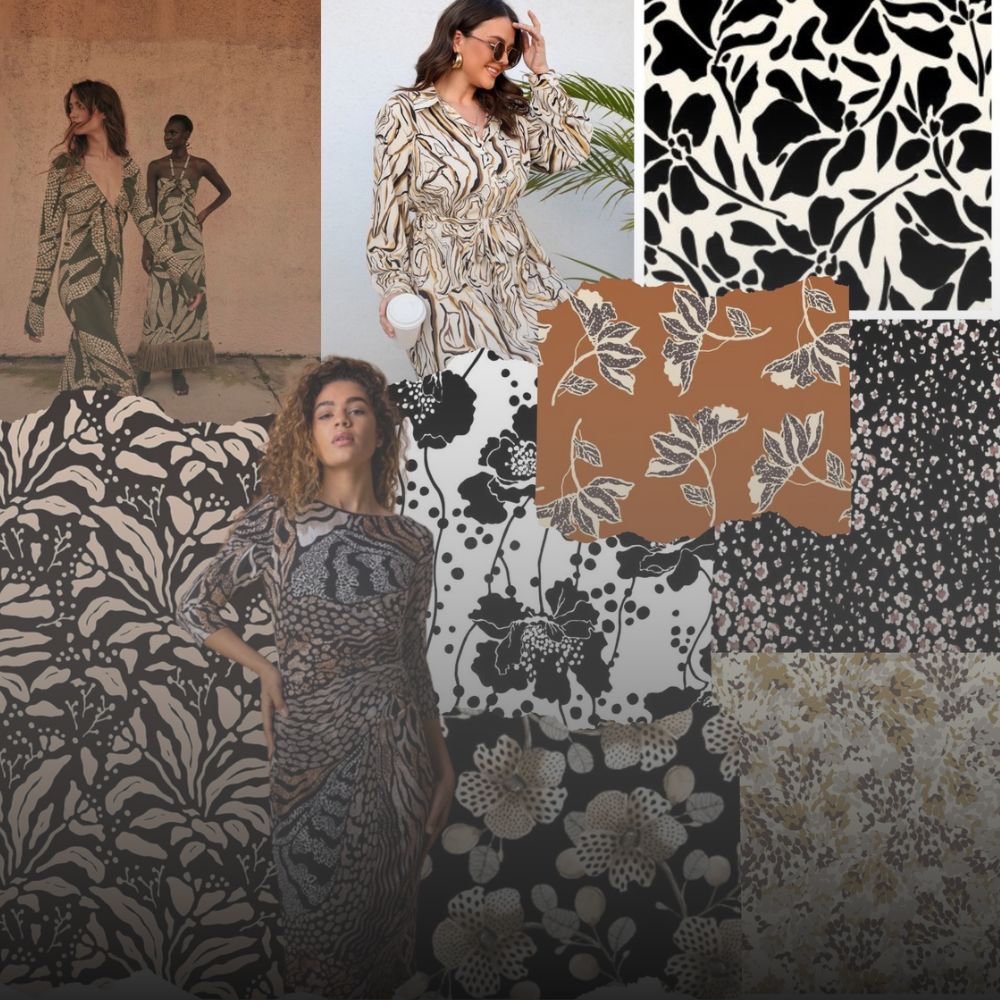
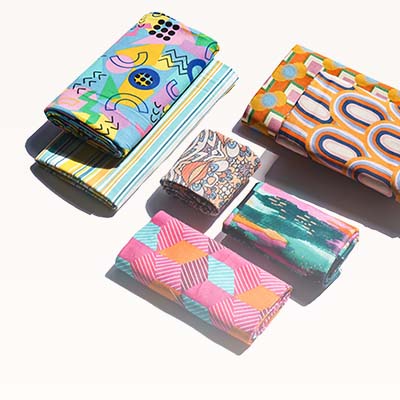
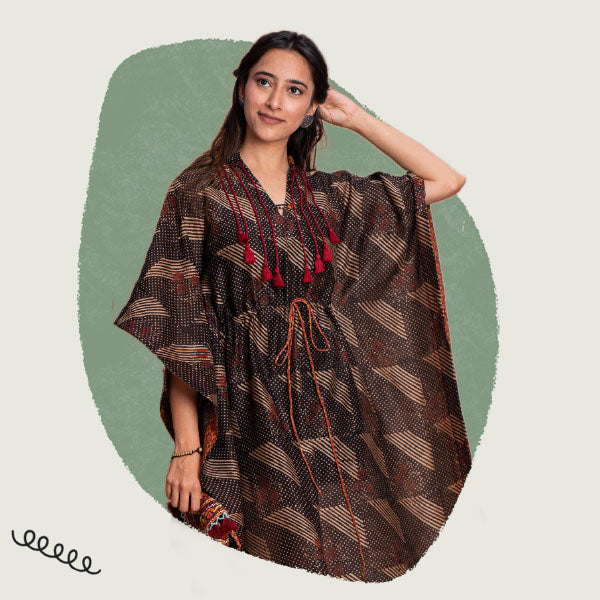
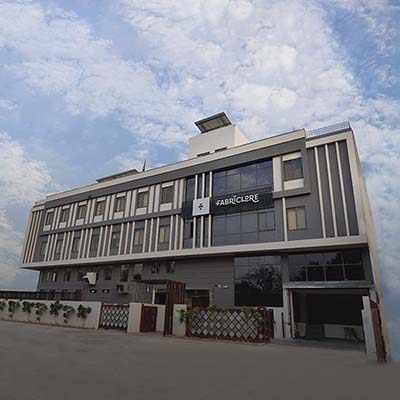
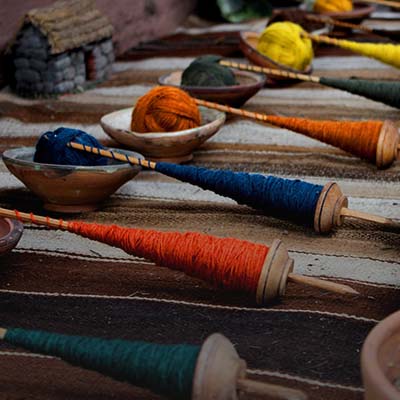

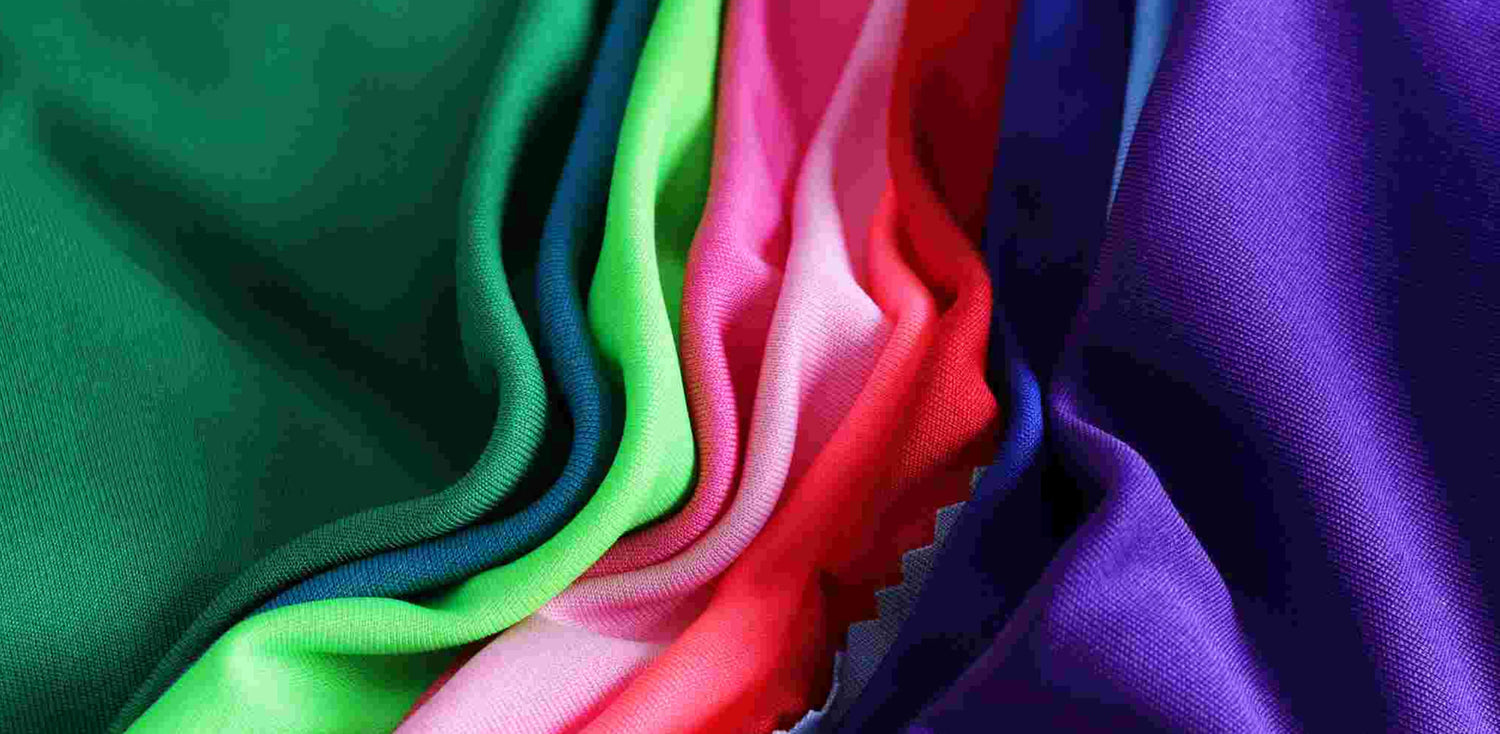
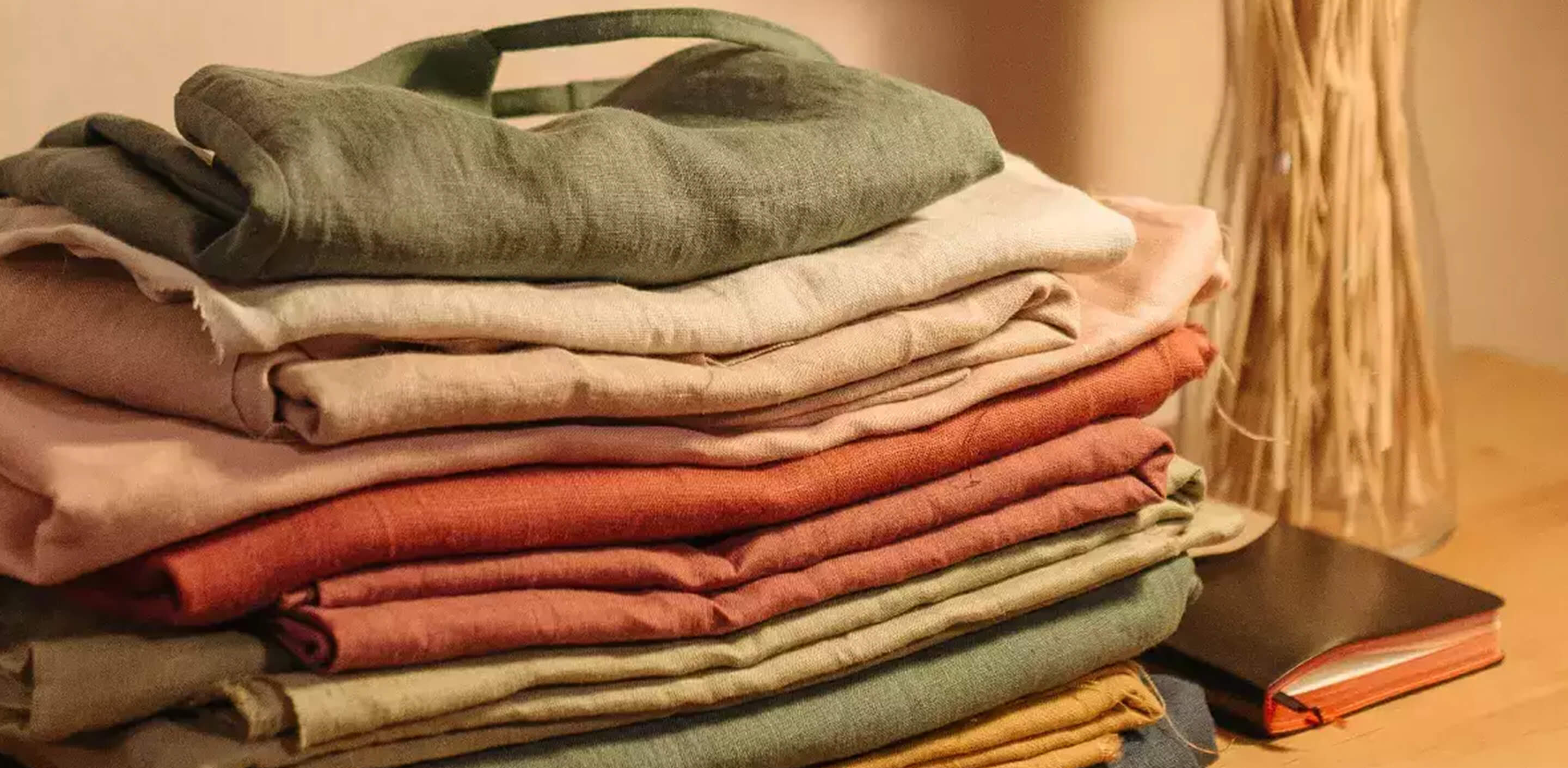

Leave a comment
This site is protected by reCAPTCHA and the Google Privacy Policy and Terms of Service apply.